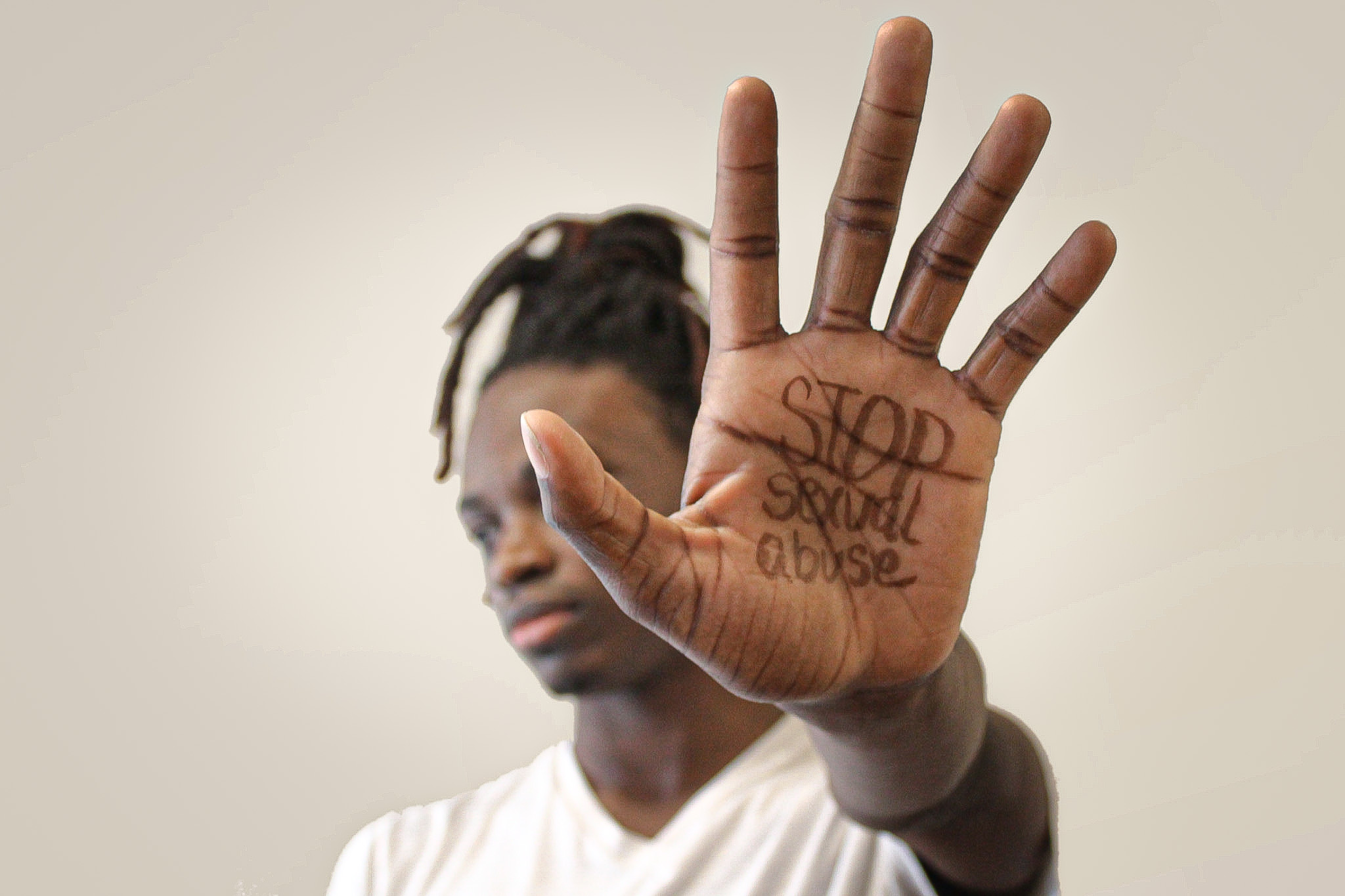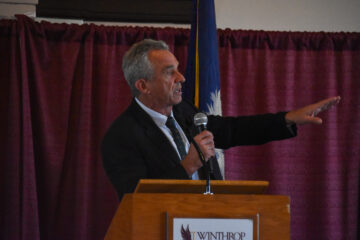Content warning: This article deals with child sexual abuse and may be disturbing to some readers.
While it should go without saying, the sexual abuse of children is a major problem and has been for many years. This problem is one that society tends to handle poorly in general, and this is especially evident in how boys who have been sexually abused are treated.
To put it simply, society has completely failed boys and men who are survivors of sexual abuse.
The sexual abuse/assault of males is often used in media as an attempt at humor. The TV show “Shameless” portrayed the sexual assault of main character Frank Gallagher as something to be laughed at. Flippant remarks about prison rape punctuate TV shows like “Law & Order: SVU” and movies like “Deja Vu.”
Derisive comments about getting molested by an unnamed uncle are often lobbed at men who exhibit behavior that may appear outside of the norm. The replies and comments to news stories about female teachers who are arrested for allegedly raping their male students are often peppered with questions like “where was she when I was in school?”
1in6, an organization that provides resources and support to male survivors of sexual abuse, cites studies and research on their website which show that sexual abuse is shockingly common among boys.
“Researchers have found that at least 1 in 6 men have experienced sexual abuse or assault, whether in childhood or as adults. And this is probably a low estimate, since it doesn’t include non contact experiences, which can also have lasting negative effects,” according to 1in6’s website.
Living Well, an Australian organization that provides resources and support to male sexual abuse survivors, reported on their website that research has shown that “[o]ver 30 [percent] of confirmed reports of child sexual abuse involve male victims.”
A study published on the National Center for Biotechnology Information website cited data from the CDC that supports the 1 in 6 claim. According to the study, “[w]hile estimates vary widely, it is likely that around 1 in 5 girls and 1 in 6 boys are victimized prior to age 18.”
The aforementioned widely varying estimates are most likely due to low and/or inconsistent rates of disclosure. Defend Innocence cited a study on their website which shows “only 25 [percent] of boys who were sexually abused disclosed when they were still a child. Even further, male survivors of sexual abuse waited an average of 21 years after the abuse occurred to tell anyone and waited an average of 28 years to have an ‘in-depth discussion.’”
According to Living Well’s website, there is evidence which indicates that “[b]oys are less likely than girls to disclose at the time the sexual abuse occurs” and that “[b]etween 70-90 [percent] of males who have been sexually abused report not telling anyone at the time.”
The potential effects of sexual abuse and assault are well-documented as well as being troubling and long-lasting. According to The Rape, Abuse & Incest National Network website, sexual abuse survivors — when compared with those who were not abused — are about four times more likely to abuse drugs, about four times more likely to experience post–traumatic stress disorder as adults and about three times more likely to experience major depressive episodes in adulthood. 1in6 reported on their website that boys who were sexually abused are more likely to abuse drugs and/or alcohol, struggle with suicidal ideation/attempts, experience problems in intimate relationships and underachieve in school and work.
So what causes low disclosure rates? Well, it is effectively impossible to say with absolute certainty, but the most likely explanation are the many harmful myths surrounding the sexual abuse of boys.
Living Well cited a study on their website which showed that about 20 percent of male survivors of sexual abuse were abused by a female. Despite the common reactions surrounding an older female abusing a boy, we should call it what it is: sexual assault. The age or perceived attractiveness of a perpetrator is irrelevant and does not diminish the damage caused by the abuse. It is troubling when those factors are callously employed to dismiss legitimate sexual abuse.
Western masculinity is closely tied to sexual conquest and this has somehow manifested into the myth that boys who were sexually abused by women are “lucky.” According to Living Well, “[t]he number of men identifying sexual abuse by a woman as a boy or young man has increased over the past few years. Ideas that men should always want sex with women and that as a young man you should feel lucky if you have sex with an older woman also make it difficult for a man to publicly name sexual assault by a woman.”
Another pervasive myth is that boys who were sexually abused will, in adulthood, go on to sexually abuse children, but the available data does not bear that out.
Living Well addressed this on their website: “There is research suggesting that boys who have been subject to sexual abuse are at higher ‘risk’ of offending later in life than boys who have not. It is important to understand what is meant by ‘higher risk.’ To say that being sexually abused is a ‘risk factor’ for later offending does not mean it ‘causes’ later offending…12 [percent] of men who were sexually abused in childhood went on to commit sexual offences. This is a significantly higher rate of sexual abuse perpetrated than by the general population of men, and is a serious concern that needs careful investigation. This is what we mean by risk factor — but it certainly doesn’t mean that men automatically go on to commit abuse. This is demonstrated by the 88 [percent] who didn’t.”
Support for survivors of sexual abuse/assault is crucial. It is imperative that the first major step towards supporting male survivors on a societal level is dispensing with the harmful and absurd myths surrounding them.
Photo by Jamia Johnson




